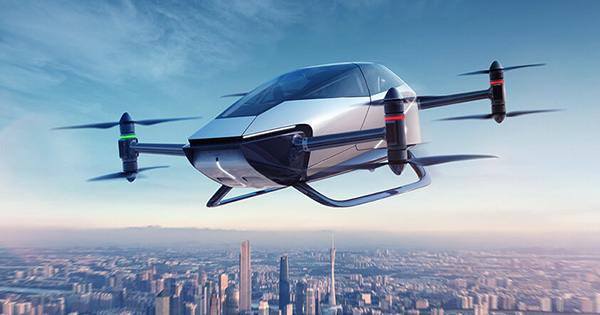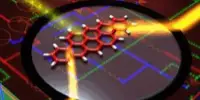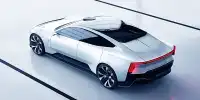Xpeng, a Chinese smart electric car startup, has unveiled a slew of new initiatives aimed at shaping the transportation environment of the future. “Our research of more efficient, safer, carbon-neutral transportation solutions extends far beyond smart EVs, and is the cornerstone of our long-term competitive advantages,” He Xiaopeng, chairman and CEO of XPeng, said on Sunday at the startup’s 2021 Tech Day in Beijing. “For the benefit of our customers, we try to incorporate cutting-edge mobility technologies into mass-production vehicles.” Xiaopeng discussed the latest versions of the company’s advanced driving assistance system (ADAS), its supercharger network, a next-generation flying automobile made with HT Aero, and its robotic unicorn for youngsters.
During the first half of 2022, Xpeng plans to make the next iteration of its ADAS available to drivers in a few cities. The “City Navigation Guided Pilot (NGP)” feature in Xpilot 3.5 will be available only to drivers of Xpeng’s P5 family sedan, which can be equipped with lidar, millimeter-wave radar, and a 3D visual perception network that can recognize, classify, and position multiple targets – all of which are required for city-level NGP. The most recent version of Xpilot, 3.0, was available to P7 sedan drivers and handled highway-level NGP, allowing Xpeng to collect approximately 12 million kilometers (7.5 million miles) of data.
According to Xpeng, Xpilot 3.5 will have a strategic planning module with advanced prediction skills that employs a combination of rule-based and data-driven AI to manage city scenarios such as avoiding static objects and vulnerable road users, as well as lane changing at any speed.
Xpeng’s approach to full autonomy is similar to Tesla’s, in that it aspires to reach Level 5 autonomy using Level 2 autonomy, or ADAS systems. (SAE International classifies Level 2 autonomy as primarily consisting of assistance functions like as adaptive cruise control and brake support.) It refers to Level 5 autonomy, which is defined as a system that can drive anywhere in any condition.) Tesla published a software upgrade last month that allows consumers to seek access to its FSD Beta (Full Self-Driving Beta) software. FSD contains features such as automatic lane change, parking spot entry and exit, and autosteering, which are currently unavailable on city streets. Tesla has not stated when this capability will be available in cities driven only by vision and neural network computing.
During the event, XinZhou Wu, VP of autonomous driving at Xpeng, stated, “Human-machine co-pilot functions will remain vital for the foreseeable future.” “Our goal is to gradually move from advanced driver assistance to fully autonomous driving, with a defined plan to connect all driving scenarios first. Our in-house closed-loop data operations, software iteration, and mass production capability place us in a strong position to improve safety and address the industry’s long-tail challenges.” Xpeng charges for its Xpilot in the same way that Tesla does for its FSD software. Xpeng did not indicate how much version 3.5 would cost, but version 3.0 costs around $3,200 (RMB 20,000) and can purchased directly or through an annual subscription, according to an Xpeng representative.
















